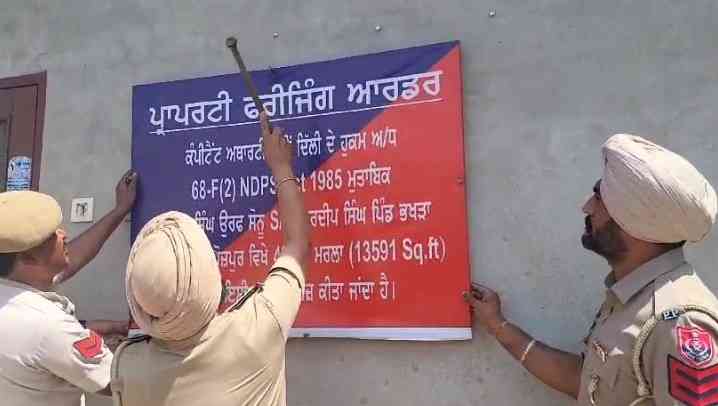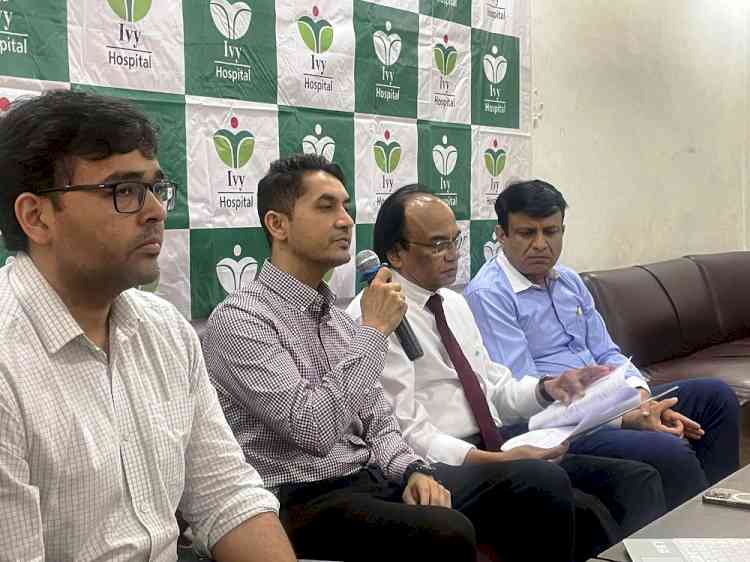Recent INR Fall Aggravated by Speculation; Currency to Recover to 59-61/USD by FYE14 - India Ratings
Author(s): India RatingsNew Delhi, September 18, 2013: India Ratings & Research (Ind-Ra) in a new report says that the recent fall in INR against USD was in line with the trend witnessed in the currencies of other emerging economies. ...

New Delhi, September 18, 2013: India Ratings & Research (Ind-Ra) in a new report says that the recent fall in INR against USD was in line with the trend witnessed in the currencies of other emerging economies.
“The fall in INR since May 2013 like other emerging market currencies was triggered by the expectation of a roll back by US Fed on its monthly USD85bn bond purchase programme. However, INR depreciated more than other emerging market currencies due to India’s high current and fiscal account deficit as also the speculative attack on the currency in August 2013”, says Dr. Devendra Kumar Pant, Chief Economist and Head - Public Finance at Ind-Ra.
Notwithstanding the likelihood of US Fed reversing the quantitative easing programme, Ind-Ra expects INR to appreciate to 59-61/USD by end-FY14. The expectation is based on recent policy measures taken by the Reserve Bank of India, resumption of capital inflows, passage of economic reform bills in the recently concluded parliament session, lower current account deficit in FY14 and pick-up of economic growth momentum from Q3FY14.
India has been running a very high current account deficit (CAD) since FY12. Consequently, there has been a depreciation bias in the INR-USD exchange rate. Moreover, CAD has largely been financed by debt-creating foreign institutional investment (FII). However, it is well known that a non-debt-creating foreign direct investment is the best form of capital inflows to finance CAD. Debt-creating FIIs are generally in search of quick returns. They are, therefore, highly volatile and can flow out of the country in a short time, putting pressure on the local currency. This is exactly what happened in each of the three episodes over FY12-FY14 when INR depreciated sharply.
“In addition to high CAD, another fundamental reason for INR/USD fall has been inflation rate differentials between India and the US. These are reflected as changes in the nominal exchange rate between the two currencies”, says Dr. Sunil Kumar Sinha, Director - Public Finance at Ind-Ra.
After the global financial crisis of 2008, India has faced three bouts of sudden and steep INR depreciation in quick succession. The first episode of INR depreciation occurred over August-December 2011. Triggered by the euro debt crisis, INR which was around 44-45/USD in August 2011 reached its lowest level of 54.24/USD on 15 December 2011. The second episode occurred over March-June 2012 period and was triggered by two factors. First, the fear of Greek’s exit from the euro zone resulting in global credit freeze and secondly, some adverse announcement made in the Union Budget of FY13 such as implementation of general anti avoidance rule from retrospective effect. INR slipped to 57.22/USD on 27 June 2012 from 49-50/USD in February 2012.
In the third and the current episode, INR slipped to its lowest ever level of 68.34/USD on 28 August 2013 from 54-55/USD in May 2013.
(Sources: Manager – Corporate Communications and Investor Relations, India Ratings & Research -A Fitch Group Company)

 cityairnews
cityairnews 
















